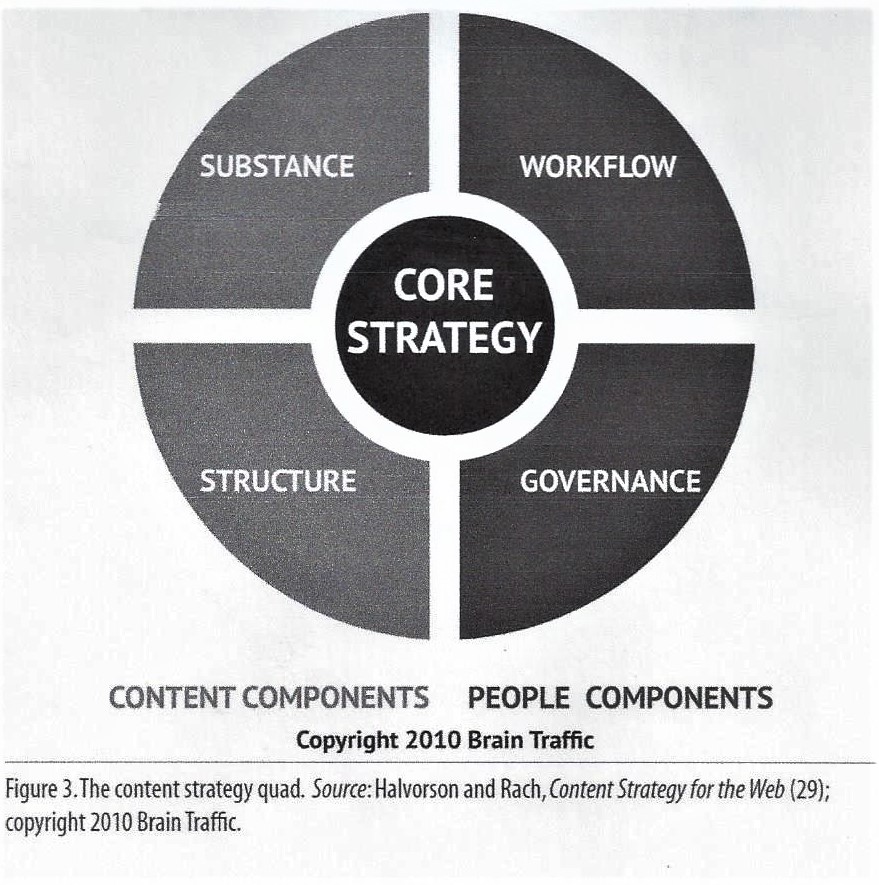Lisa Dush
This piece represents the results of an article review. It is a snapshot of the important points found in the article along with what it offers to the readers. It also exhibits my ability to cull through information and extract what useful and present it and add a judgment of worth for the readers.
A review by James L Daniel
Writing is an age-old process that had changed little until recently in the age of the internet. Writing has become something else according to Lisa Dush in the article “When Writing becomes Content,” working with writing means something totally different today than it once did now a lot of writing is being transformed into content (Dush 173). Dush’s article goes on to define exactly what content is by focusing on its characteristics and identifying four prominent ones. These characteristics are what makes writing become content. Let’s look at how she describes these characteristics.
First, she says that writing that becomes content must be conditional meaning that it must be able to be repurposed it should have a certain fluidity so that it can be able to be adapted for whatever use it is needed (Dush 176). Next, it should be computable meaning that it can be accessed and manipulated by computer algorithms along with being processed, redistributed, and reconfigured among other digital processes to which it can be subjected (Dush 176). The third characteristic is that content must be networked. The networks themselves can be defined as both human and non-human and are varied, such as personal, work, or even the Internet (Dush 177). Networks are voracious when it comes to content. Lastly, the content will be commodified or simply put, turned into marketable digital assets.
From these characteristics, Dush proposes a definition for content that I think she did a good job in defining. In a nutshell, she is saying that content, writing, or composed texts often referred to as digital assets are conditional in shape and value, assembled in and pushed out to various to be accessed by audiences both human and non-human where they are assessed, valued, repurposed, and pushed into other networks (Dush 178).
She talks about two types of metaphors, writing, and content and the differences between the two. She uses a chart to illustrate the differences and oppositions when defining the two of them. You can see the chart here on page 192 of the article. She uses the phrase “digital writing” to describe the act of writing-as-content, but she points out that it may seem problematic because of the oppositions shown in the chart. Dush tries to warn against that by stating “The real danger is in ignoring content: if the content has indeed changed the rhetorical game, composers who ignore it risk failing in their rhetorical attempts, and a field that ignores it risks marginalization and missed opportunities for growth.”
Dush talks as she must about what writing for content has done to the writing profession, she reminds us that it has moved into journalism and literary publishing. She believes that if writers are not taught about “writing-as-content” during their writing studies that in the future there’s the possibility that the value of their work may decrease, and they may be relegated to the role of content providers (Dush 184).
Moving further into the article Dush talks about content strategy and the fact that it is a relatively new category she presents a graphic from a book called “Content Strategy for the Web” by Christina Halvorson and Melissa Rach that explains the concept of content strategy.
The graphic is shown on page 186 of the article.

The strategy is described as a “Core Strategy” that contains four quadrants two for content components, substance, and structure, and two for people components, workflow, and governance. According to the writer, these designations should be familiar to writing studies.
Dush advocates for teaching “content-in-writing in the various courses that might have to be reimagined such as Writing for the Web, editing courses, and other writing courses. She says that courses could be created that shared language with other content professions (Dush 189). She concludes her article by wondering how the craft of writing will survive the digital age, how it will affect the profession of writing. She reflects on what can be done to keep it from being diminished.
I think that Dush has done a credible job of presenting the facts in this article and the ideas presented are useful and have merit. She has brought attention to the problem of the future of professional writing as a craft in this age of digital writing. I can see how the craft of writing can easily be diminished because in its historical form its use is waning. The future presents a need for change in what is being taught in institutions and what needs to be taught for the profession to survive. The marketplace demands a different kind of writing for all the reasons Dush outlined in her article and it’s understandable that writing must change to meet the requirements of the audiences it serves. This was a good article. Writing-as-content is the same as digital writing for more info on the subject see “What is Digital Writing and Why does it Matter.”
Dush, Lisa. “National Council of Teachers of English.” NCTE, 2015, library.ncte.org/journals/CCC/issues/v67-2/27641.